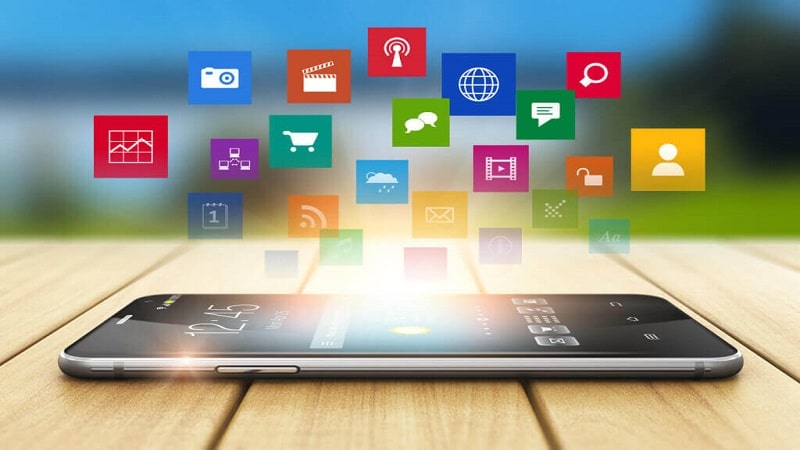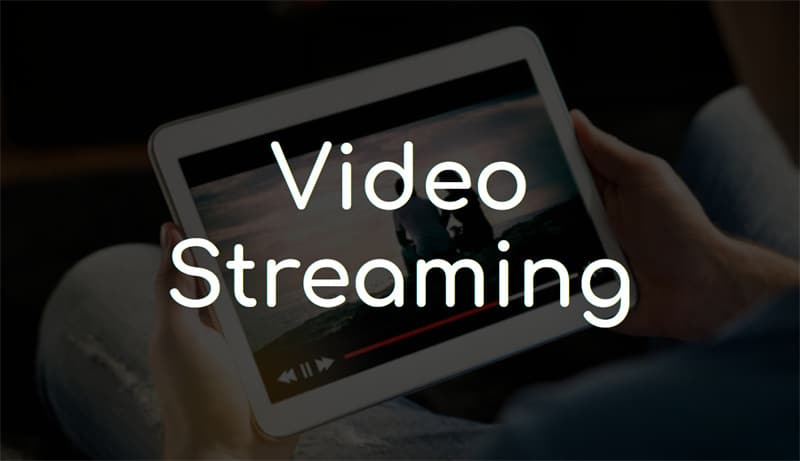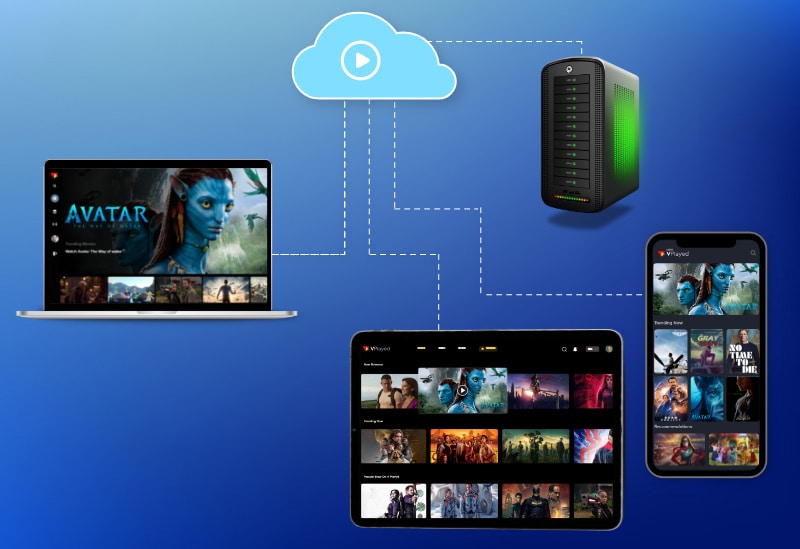
Video streaming through platforms like YouTube and Netflix, has become one of the best ways we consume content online. But what is it and how does it work?
Video streaming has become immensely popular in recent years with little recognition of how it’s changed our lives. If you take a look back, you might remember a time when websites and online content were simple and largely text-based, with a couple of images here and there. Now, watching movies, listening to music, and even making video calls online is commonplace. This is all thanks to the development of video and audio streaming. But what is streaming really, and how does it work?
In this article, we take a closer look at how video and audio streaming works and the many different ways that we use these services daily. We’ll also look at some of the limitations, such as geo-restrictions which can be overcome with tools such as a YouTube proxy like this.
What is Video Streaming?

Video streaming is the process of transmitting audio and video files in a continuous flow over an internet connection. Simply put, video streaming is when users watch movies, series, or other video content online without downloading the files first. Examples of video streaming include watching YouTube videos, listening to podcasts, watching movies or series on Netflix, Hulu, or Disney+, or even watching gamers stream content on Twitch or Discord.
Video streaming isn’t only related to popular streaming services like Netflix. Any process by which you watch video content online without downloading it first is a form of streaming. Similarly, when you use video calling or online meeting tools such as Skype or Google Meet, this also uses the technology of video streaming.
When is Video Streaming Used?
Video streaming can be used for a wide range of uses. The most well-known is using platforms like YouTube to watch user-created content. While YouTube has a download feature available, in most cases, users will watch videos while they’re online without any downloads. Users can also use tools like a YouTube proxy to remove any limitations and access all the content available on the platform.
Other uses of video streaming include services such as Netflix and Hulu. In these cases, users pay a monthly subscription in order to stream various movies and television series over their internet-connected devices.
Gaming and other content creators can also use platforms like Twitch and Discord to stream their gaming sessions live. This gives the creators an opportunity to connect with their viewers in real time.
Video streaming is also frequently used in virtual meeting apps and whenever a video call is made. For example, when you use WhatsApp to make a video call or Google Meet to arrange meetings, these tools use video streaming.
Limitations to Video Streaming
There are some limitations when it comes to video streaming. However, the biggest one that most people notice is geo-restrictions. Geo-restrictions occur when certain content can only be accessed in certain locations. For example, Netflix in the US might have completely different shows than in the UK. The same happens on platforms like YouTube, and certain content might be restricted in specific countries.
The biggest reasons for these restrictions are either licensing or government related. When it comes to licensing, streaming platforms need to pay to stream movies in certain countries. If the fees for certain countries are too high when compared to the interest in that show, the streaming platform might choose not to list it in that country.
Governments can also ban certain types of content, or even specific movies or shows, completely in their country. In these cases, a tool like a YouTube proxy can be ideal as they help to bypass these restrictions.
What is the Difference between Streaming and Downloading?
Many people might not notice the difference between streaming and downloading, yet it’s quite significant. When you download a video, a copy of the entire file is saved to the user’s device. Since the file is often downloaded in sections, you cannot start watching the video until the file is completely downloaded.
Alternatively, streaming doesn’t require the user to have a copy of the entire file on their device. When you stream a video, the browser or streaming platform loads the file bit by bit as the user watches it. After it’s been watched, that bit of file is removed, so no space is taken up on your device.
How Does Streaming Work?

With streaming, the audio and video data is broken up into small sections known as data packets. These packets are sent to the user’s media player. The media player then plays those data packets in the sequence it’s received, allowing the user to watch the video.
All you need to stream videos online is a compatible device, stable high-speed internet and a streaming service, platform, or app.
Final Thoughts
Video streaming has definitely changed the way that we consume content online. With this technology, users can watch movies, series, or their favorite gamers in real-time from their devices without downloading and storing large files.
There are even tools available, like a YouTube proxy, which makes streaming even easier and faster while also removing any limitations.










